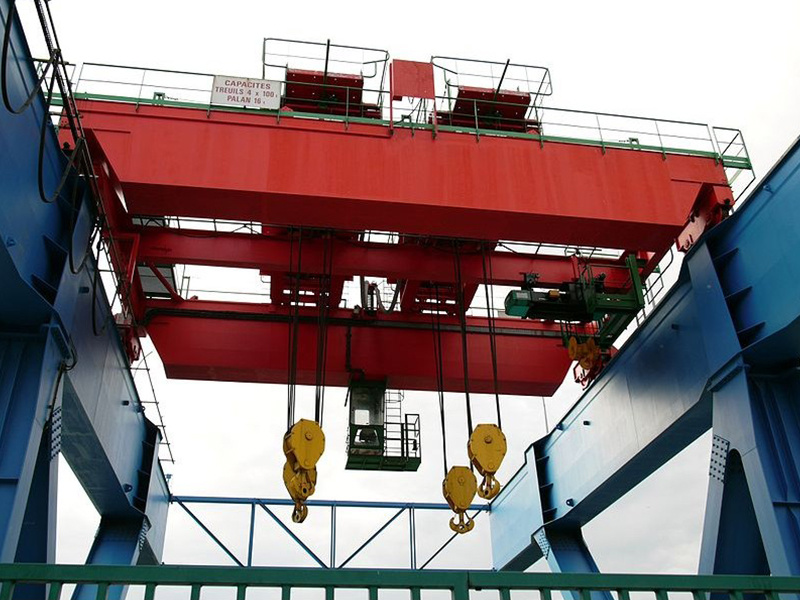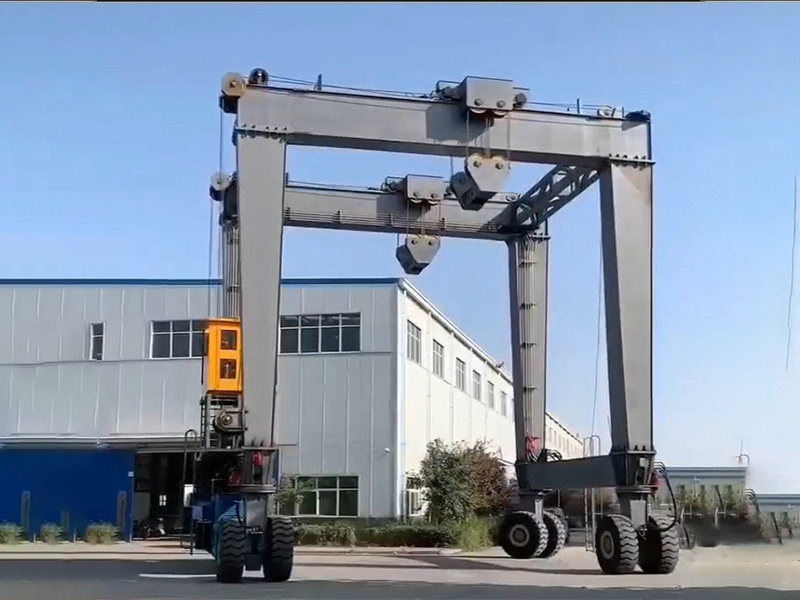Henan Aifite Intelligent Equipment Co., LTD.
Rail-mounted Electric Transfer Car
Classification:
Product Introduction
**Rail-mounted Electric Transfer Car**
In the modern industrial landscape, the efficiency and effectiveness of material handling systems play a crucial role in the overall productivity of a facility. One of the innovative solutions that have emerged to enhance these operations is the rail-mounted electric transfer car. This article explores the features, benefits, applications, and future prospects of this essential equipment in various industries.
Technical Specification:
| Product name | Rail-mounted electric transfer car |
| Size | customized |
| Load capacity | 1-400 tons |
| Speed | 0-50 m/min (Adjustable) |
| Endurance | 4-5 km, generally work condition, can work 3-5 days in one charge |
| warranty time | 1 year |
| Motor power | 1-15 kw |
The rail-mounted electric transfer car is designed to transport heavy loads across a predetermined path on rails. These vehicles are powered by electric motors, which provide a cleaner and more efficient alternative to traditional diesel-powered transfer cars. By eliminating the need for fossil fuels, electric transfer cars contribute to a more sustainable environment, aligning with the growing emphasis on green technologies in industrial operations.
One of the standout features of rail-mounted electric transfer cars is their ability to handle substantial loads. These vehicles are engineered to transport materials ranging from heavy machinery to large components in manufacturing plants. Their robust design ensures stability and safety during transit, reducing the risk of accidents that could occur with manual handling or less sophisticated equipment. Furthermore, the low-profile design of these cars allows them to operate in tight spaces, making them ideal for facilities with limited room for maneuvering.
The operation of rail-mounted electric transfer cars is facilitated by an integrated control system that allows for precise navigation along the rail tracks. Operators can control the speed and direction of the transfer car, ensuring smooth and efficient transportation of materials. This level of control is particularly advantageous in environments where timing is critical, such as assembly lines or shipping docks. Additionally, many models come equipped with safety features such as emergency stop buttons, obstacle detection sensors, and automatic braking systems to enhance workplace safety.
One of the primary benefits of utilizing rail-mounted electric transfer cars is the significant reduction in labor costs. By automating the transportation of heavy materials, companies can minimize the need for manual labor, allowing workers to focus on more value-added tasks. This not only improves overall efficiency but also reduces the risk of workplace injuries associated with heavy lifting and manual handling. Furthermore, the consistency and reliability of electric transfer cars ensure that materials are delivered on time, enhancing operational efficiency and productivity.
The versatility of rail-mounted electric transfer cars allows them to be used across a wide range of industries. In manufacturing, they are often employed to transport raw materials to production lines or to move finished products to shipping areas. In the automotive industry, these cars facilitate the movement of large components between assembly stations, ensuring a streamlined production process. Similarly, in the construction sector, electric transfer cars are used to transport heavy materials on-site, improving workflow and reducing downtime.
In addition to manufacturing and construction, rail-mounted electric transfer cars are increasingly being adopted in the logistics and ware
Keyword:
Feedback
Leave a message online and get the product quotation free of charge. We will arrange the specialist to contact you as soon as possible.







